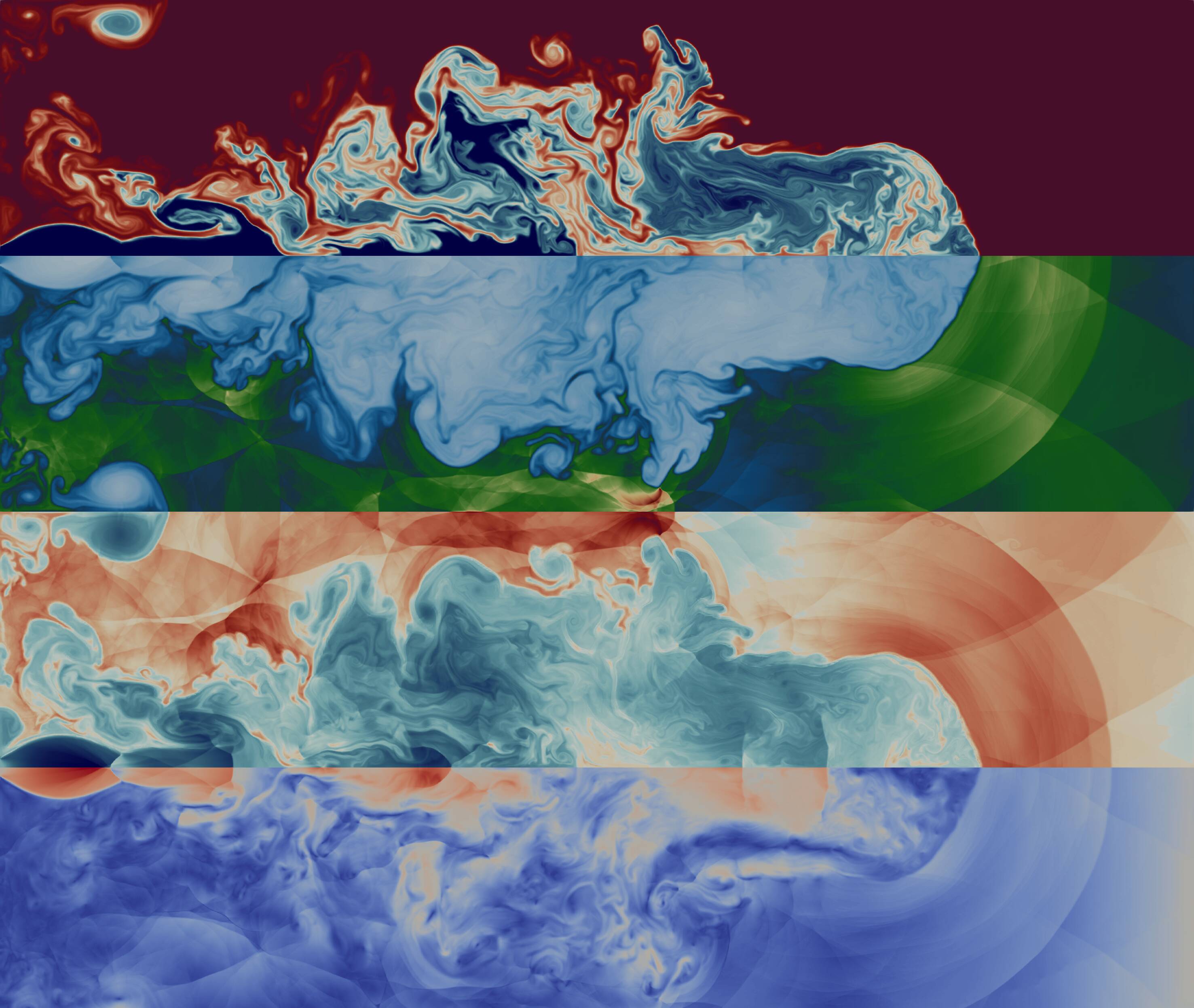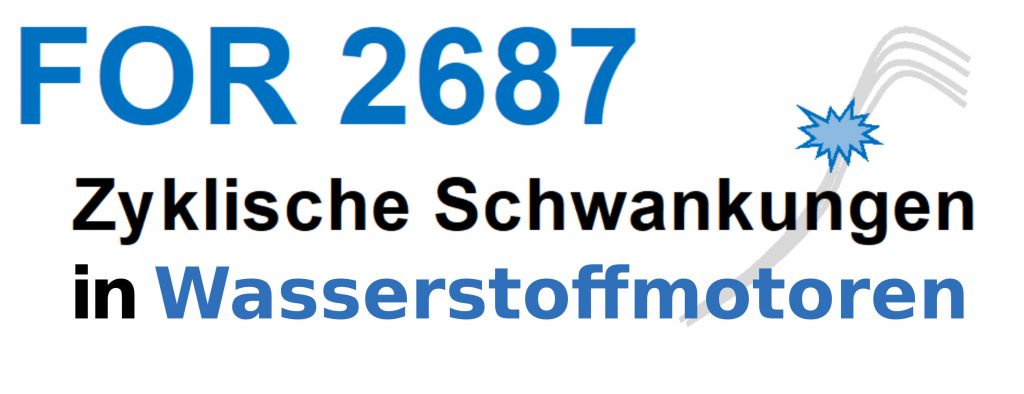Our research group actively participates in a wide range of research projects and cooperations to gain and exchange
knowledge in the fields of high performance CFD, turbulence modeling, multiphase flow and AI enhanced simulation methods.
With the following page, we provide an overview of the current research collaborations we are involved in. At this point,
we would like to kindly thank all projects for the funding that allows us to continue our research at the frontier of
todays computational fluid simulation.
CEEC (Center for Exascale Enabled Computational Fluid Dynamics) focuses on leveraging the power of exascale computing to advance the understanding and simulation of turbulent behaviors in gases and liquids. By harnessing powerful computers and efficient numerical algorithms, CEEC aims to simulate complex flow systems with increasing realism, enabling optimizations crucial for transitioning to a carbon-free economy. These optimizations include enhancing the efficiency of airplanes, cargo ships, and wind turbines.
The center's ambition is to develop exascale-ready workflows for computational fluid dynamics (CFD) applications, demonstrating their capabilities through key lighthouse cases in areas such as aeronautics and atmospheric flows. CEEC will implement these workflows to address relevant challenges for future exascale systems, focusing on energy efficiency and exploiting accelerated hardware architectures like GPUs. Additionally, emphasis will be placed on developing new or improved algorithms tailored for upcoming exascale architectures. CEEC's efforts are driven by five different lighthouse cases spanning a range of physical and engineering interests, aiming to achieve Technology Readiness Levels (TRL) of 4 and 5 for selected cases. Development is carried out using five European HPC codes covering various CFD applications, including compressible, incompressible, and multiphase flows.
By leading in providing a lighthouse case on shock-boundary layer interaction and wing flutter at the edge of the flight envelope, we contribute to advancing understanding and optimization in aeronautical engineering. With our expertise in exascale computing, we lead the work on exascale lighthouse cases, positioning Stuttgart as a key player in advancing fluid dynamics simulations to exascale levels. Additionally, we play a crucial role in software and performance engineering, contribute to the development of algorithms for exascale architectures, and lead the development and integration of machine learning-based submodels.
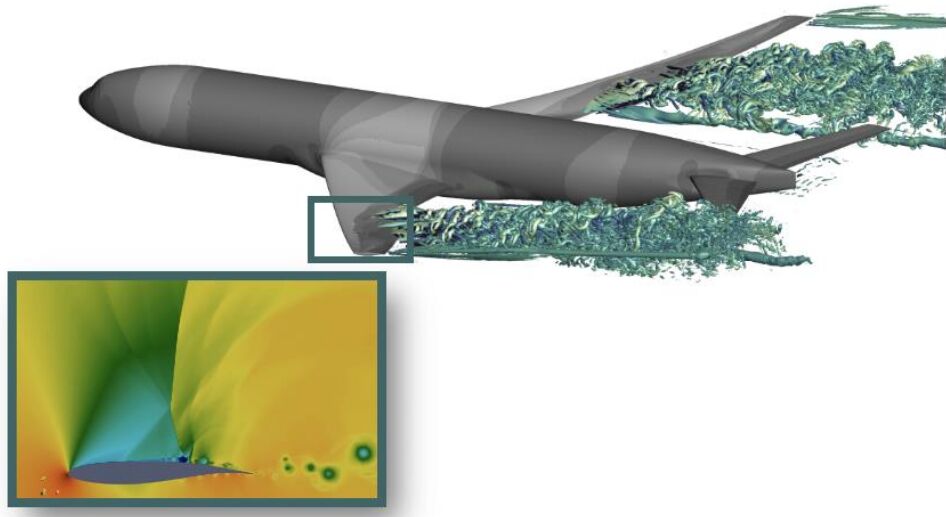
The University of Stuttgart's Cluster of Excellence EXC 2075 "Data-Integrated Simulation Science (SimTech)" aims to revolutionize science and technology by developing innovative simulation and data-driven approaches to enhance accuracy and applicability. Since 2019, researchers have systematically integrated data into simulation science to explore novel modeling and computational methods, primarily from an engineering perspective, which offer increased precision, reliability, and applicability. SimTech addresses numerous research challenges by leveraging large datasets from sensor measurements, experiments, and simulations, providing new avenues for knowledge acquisition.
The long-term goal is to integrate data from various sources into the modeling-simulation-analysis cycle to achieve better understanding, predictions, and decisions. Our research focuses on engineering and natural sciences, complemented by educational programs like the "Simulation Technology" Bachelor's and Master's programs and the Graduate School "GS SimTech" for doctoral candidates and postdocs. Additionally, we foster young talent through seven junior research groups and four junior professorships, underscoring our commitment to nurturing the next generation of researchers.
In our participation within the SimTech project PN1, we contribute to multiphase flow problems, which are prevalent in both natural systems and technical applications. Specifically, our group investigates these flow systems in various scenarios, including those with and without wall interaction, inside or adjacent to porous media, and in free-flow domains, covering a spectrum from creeping flow to highly turbulent flow. These multiphase flow systems are characterized by small-scale interfacial phenomena that dominate the overall system dynamics. However, traditional physics-based modeling approaches face significant barriers in accurately capturing these complex phenomena. Therefore, we advocate for data-integrated modeling approaches at small scales, followed by hierarchical modeling and data integration across scales, to achieve further progress.
We at the IAG approach this task as a reinforcement learning (RL) problem, where the discretized PDE solver serves as the environment, the agent’s actions involve selecting and combining closure strategies, and the reward is based on relevant flow metrics. Our earlier work on RL-based closure models provided a promising proof of concept, but the challenge of applying them to non-standard flows remains an open research question that we aim to address in this project.
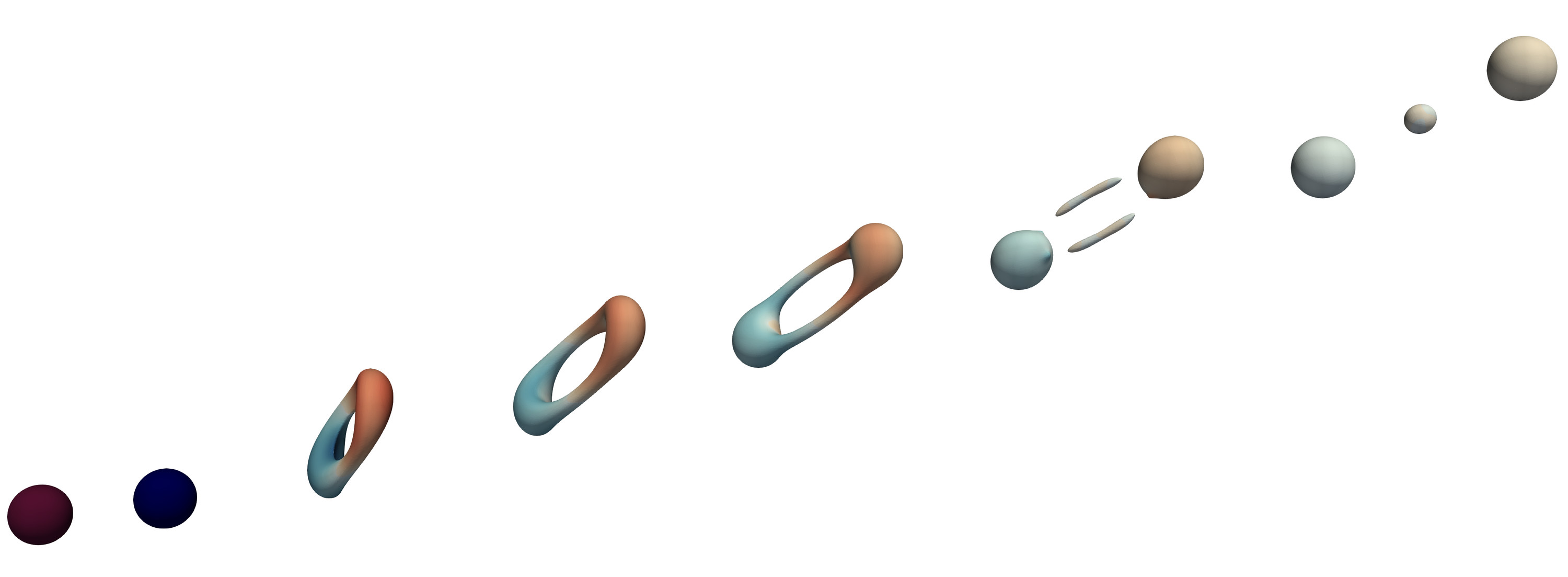
In this international graduate program, doctoral candidates take on the exploration of droplet interaction phenomena. The aim is to gain insight into how microscopic phenomena affect macroscopic flow properties. The DROPIT project is divided into three thematic areas, each investigating the respective interactions of liquids with other media. These areas include droplet-gas interactions, droplet-wall interactions, and droplet-liquid interactions. Additionally, several institutes from the Universities of Stuttgart, Bergamo, and Trento participate in this interdisciplinary and international project, conducting research tasks experimentally, numerically, theoretically, and visually.
Significant emphasis is placed on the training of doctoral candidates. In addition to workshops and seminars, internationally recognized scientists are invited to collaborate in a summer school. The project is also integrated into the graduate school of the respective university, in the case of the University of Stuttgart, within GRADUS. Furthermore, doctoral candidates have the opportunity to be part of the graduate school of the Excellence Cluster SimTech.
Our contribution to the project encompasses addressing demanding requirements for simulating complex multiphase flows in the compressible regime, including the need for high-order numerical schemes and shock and interface capturing methods. Additionally, efficient utilization of computational resources is achieved through locally adaptive discretization. We focus on employing the sharp interface method for macroscopic multiphase flow studies, which presents challenges in ensuring thermodynamically consistent coupling of bulk phases across interfaces. A key strategy involves solving two-phase Riemann problems to address phase transitions. Our work also involves developing dynamic load-balancing procedures to manage significant variations in computational costs arising from dynamic discretization and interface computations in parallel processing.
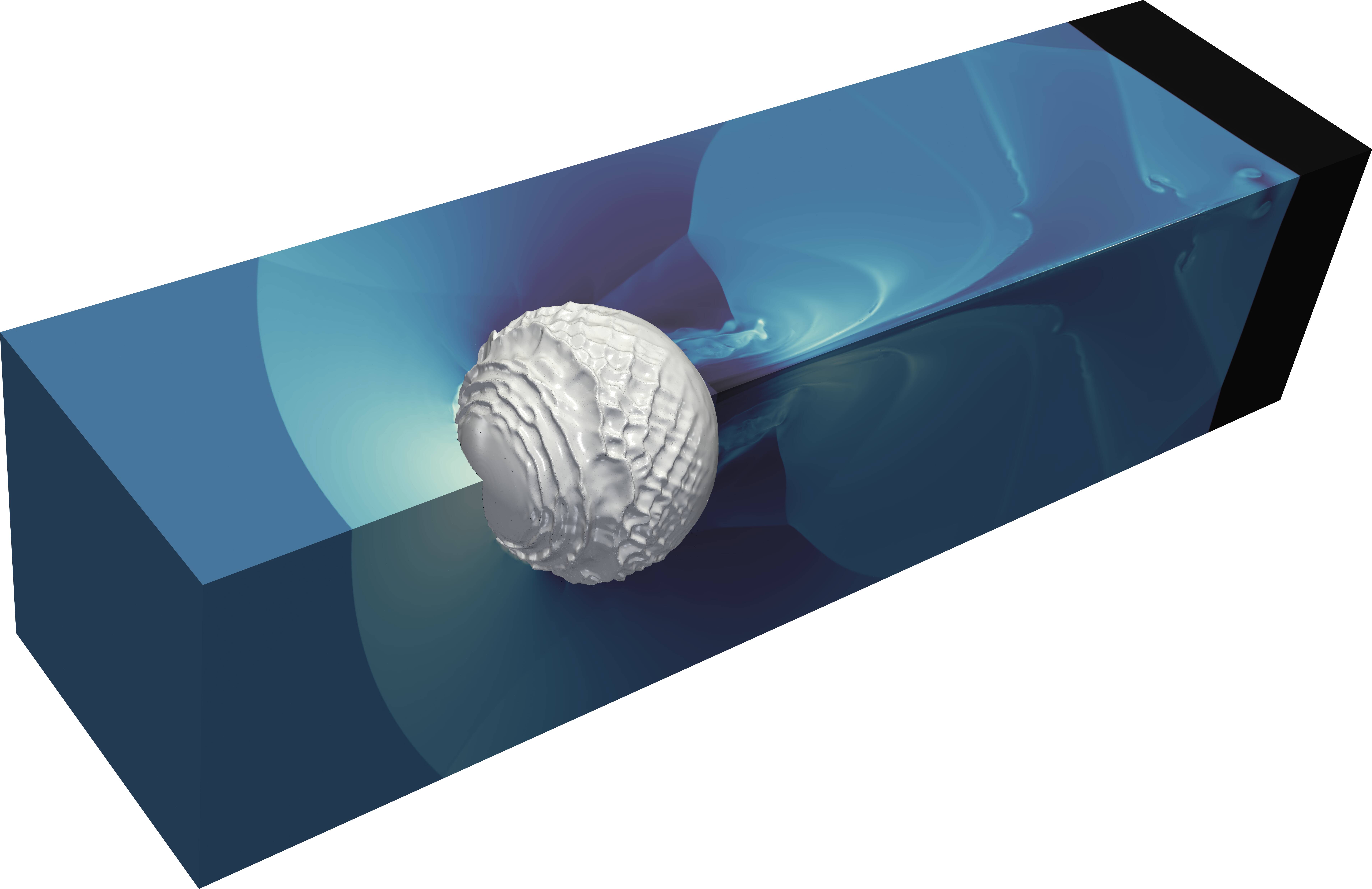
The aim of the research initiative is to comprehensively investigate both numerically and experimentally the unsteady phenomena and interactions occurring near the flight envelope boundaries of commercial aircraft at high Mach numbers. This includes examining interactions with future Ultra High Bypass Ratio (UHBR) engine configurations and the effects of wing wake on the tailplane. Investigations will extend to flight-relevant Reynolds numbers, with a focus on boundary regions of the flight envelope. Complex unsteady measurements will be conducted at the European Transonic Wind Tunnel (ETW) in Cologne using state-of-the-art measurement techniques. Numerical studies will be conducted at both detailed and global levels for the entire aircraft using various computational fluid dynamics (CFD) methods, including RANS-based techniques with modern turbulence models, scale-resolving hybrid RANS/LES methods, and LES methods. The obtained aerodynamic data will be used to develop computationally efficient reduced-order models.
Participating institutions include the University of Stuttgart, the Technical Universities of Braunschweig and Munich, RWTH Aachen University, and the German Aerospace Center (DLR). Funding is provided by the German Research Foundation (DFG) under Research Group FOR 2895, divided into seven mainly numerically oriented subprojects (TP1-TP7). Wind tunnel experiments at the ETW are financed by the Helmholtz Association (HGF) with a contribution from the DLR. Airbus provides the necessary wind tunnel model for this "ETW Measurement Project," which includes required modifications.
Within the project, our research spans various dimensions: Initiating with a comprehensive numerical analysis, we explore the repercussions of engine disturbances on the buffet phenomenon, which entails the fluctuation of aerodynamic forces experienced by aircraft wings. Additionally, our inquiry extends to sophisticated data analysis and flow modeling, unraveling the intricate aerodynamic interactions between components like the wing underside, engine, and pylon, particularly under high-speed off-design conditions.
Further, we investigate the dynamics of aerodynamic interference between the wing wake and the tailplane during high-speed stall occurrences, a critical aspect for enhancing aircraft safety and optimizing performance. Complementing this, we undertake large eddy simulations to meticulously examine the interaction between the wing wake and the horizontal tailplane at the flight envelope boundary, providing insights into complex flow dynamics. In essence, our research endeavors within the project aim to deepen understanding of complex flow phenomena and develop validated methods contributing significantly to advancements in aircraft design and development.
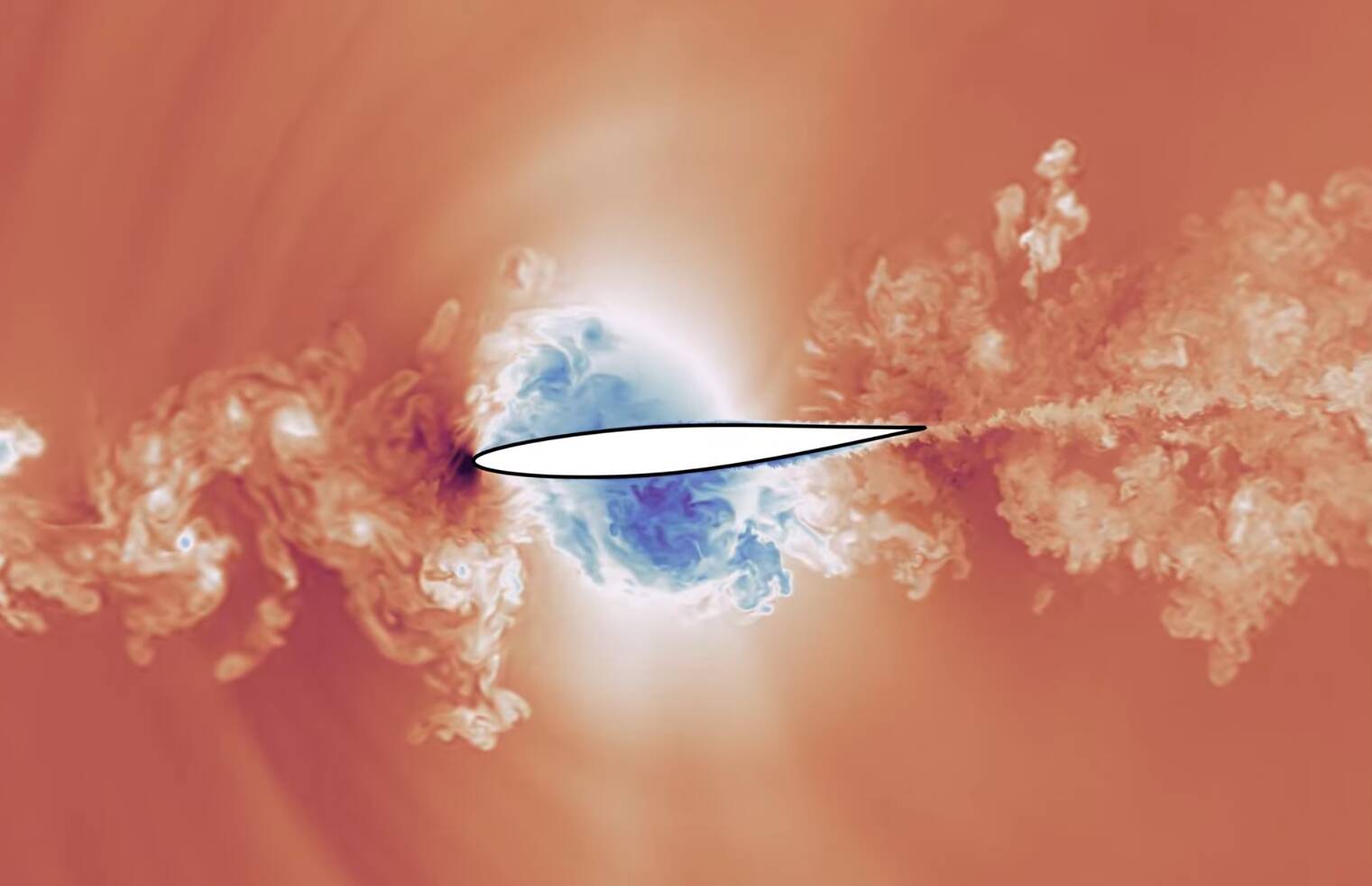
The Research Unit FOR 2687 aims to understand the causal chain leading to cyclic variations in highly optimized spark-ignition engines. Initially focusing on conventional gasoline fuels, the second phase of research exclusively examines hydrogen as a fuel, which requires advancements in methods and models due to its different properties. Cyclic variations in engine performance, including combustion anomalies like misfire and knocking, pose challenges to engine efficiency optimization. The interactions of various extrinsic and intrinsic phenomena are analyzed to develop better models and simulation methods.
Hydrogen's unique properties significantly impact these variations, necessitating investigation in the second phase. The Research Unit utilizes experiments, including optical imaging diagnostics, and simulations such as large eddy simulation (LES) and direct numerical simulation (DNS), augmented by lower-dimensional models. Novel methods for analyzing complex flows are developed to trace the causality of cyclic variations. Energy process engineering is a key focus across the four participating locations: RWTH Aachen, University Duisburg-Essen, TU Darmstadt, and University Stuttgart. The Research Unit provides networking and professional development events while actively supporting equal opportunities for all scientists.
The main focus of our contribution is to conduct scale-resolving simulations of hydrogen injection jets into air for understanding and predicting the complex physical properties involved in direct injection of pressurized hydrogen gas into an air volume, as required for hydrogen combustion engines. This research, part of the DFG research unit FOR2687, aims to investigate the intricate interplay of shock waves, turbulent flow, combustion, and acoustics across various spatial and temporal scales. The project addresses challenges posed by the highly compressible nature of hydrogen and the nonlinear interaction of physical mechanisms, requiring efficient numerical schemes. Key considerations include the formation of shock diamonds in supersonic jets and the multi-scale nature of interactions, influencing jet shape and combustion properties.
